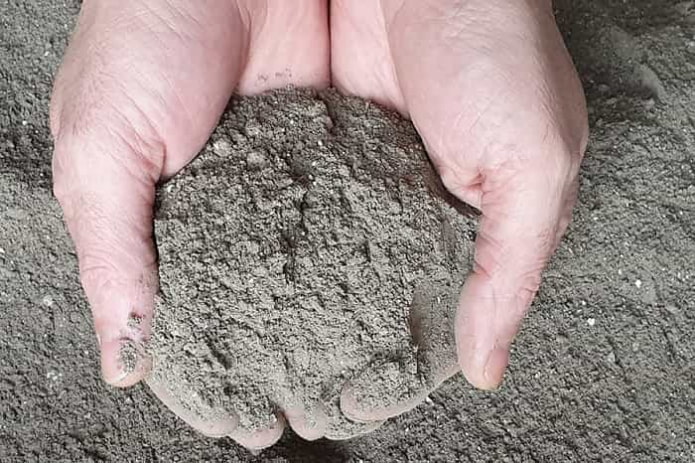What is useful in such fertilizer?
The reason for the benefit lies in the elements included in its composition. Despite the fact that there can be a huge variety of them, there are only four main useful substances in this fertilizer:
- Magnesium. An extremely important element, without which photosynthesis is impossible. A deficiency can be determined by curling leaves.
- Calcium. Participates in soil deoxidation and helps resist diseases.
- Phosphorus. Positively affects the development of the root system, flowering and fruit formation.
- Potassium. Helps plants develop immunity to many diseases.
It is worth noting that the concentration of these elements, as well as the presence of other substances, depends primarily on the source material. According to many gardeners, the best ash is wood ash. The fact is that it contains coal particles, which additionally disinfect the soil. However, it should be taken into account that the ash obtained by burning different types of wood is also different. For example, coniferous trees should not be used to obtain ash, as they contain too much resin.
Please note! You cannot use materials with synthetic impurities, such as painted boards or glossy paper. Fertilizer obtained from such raw materials will not only not fertilize flowers, but will also harm them.

What can be fertilized?
Vegetable crops. Most crops prefer alkaline soil, so the use of ash will benefit many of them. These include:
- Tomatoes,
- Onions,
- Cucumbers,
- Peppers,
- Cabbage,
- Carrots,
- Beets.
Flowers. Many flowers absorb ash well. For example, such fertilizer will be useful for the following flowers:
- Clematis,
- Gladioli,
- Asters,
- Lilies,
- Begonias.
Houseplants. The situation with houseplants is somewhat different, since many of them love acidic or neutral soil. For example, orchids need slightly acidic soil, so ash can only be used if the soil is too acidic. In this case, slight alkalization will benefit the flowers. Therefore, before using ash on indoor plants, it is worth determining the acidity of the soil and the preferences of a particular plant.

When is it better not to use?
Contrary to the widespread opinion among inexperienced gardeners, ash is not a universal fertilizer that will suit any plant. When using it, it is necessary to take into account the preferred soil, as well as a number of factors, which will be discussed below.
Vegetable crops. Despite the fact that ash will be beneficial for the vast majority, there are several crops for which it can be harmful:
- Radish,
- Sorrel,
- Watermelon.
With radish and sorrel, everything is simple. These two crops prefer acidic and slightly acidic soil, respectively, and the use of such fertilizer will lead to its alkalization. With watermelon, the situation is more interesting. Some gardeners, on the contrary, recommend using ash in their case, since it is a proven protective agent for protecting melons from pests. On the other hand, watermelons require acidic soil, and applying top dressing can upset the balance of microelements. Therefore, in the case of watermelons, it is still worth giving up ash, and using other means to protect against pests.
Garden flowers. Many garden flowers prefer alkaline soil, so ash will be beneficial for most of them. However, there are a number of exceptions:
- Sage,
- Primrose,
- Lavender,
- Calendula.
All these flowers need acidic soil, so the use of ash is contraindicated.
Please note! Flowers do not tolerate mixtures with a high iron content. Such fertilizer can be identified by its characteristic red tint.
Houseplants. As already mentioned, the situation with houseplants is somewhat different, since there are many more lovers of acidic soil among them. Therefore, in their case, ash can usually be used, but first you need to make sure that it will benefit the specific plant.
In addition to the individual characteristics of plants, there are also a number of cases in which the use of ash will not be beneficial:
- The soil contains a large amount of potassium or calcium.
- The soil is excessively alkaline.
- Incompatible fertilizers have been used recently (manure, urea, phosphorus-based fertilizers).

In conclusion, I would like to say that ash is not a fertilizer to which the rule “the more, the better” can be applied. Therefore, even if the plant needs fertilizing, it should be applied carefully, having first calculated the required amount.
Now reading:
- Kitchen 14 m²: decor ideas and 54 examples of interior design
- Yellow Curtains for Windows: Over 80 Photos and Stylish Interior Design Ideas
- Kitchens in wood style: 35 inspiring photos and design solutions.
- White in the interior: 46 photos, shades, combinations and design features.
- Kitchen design ideas in wenge color: 35 photos and design tips.